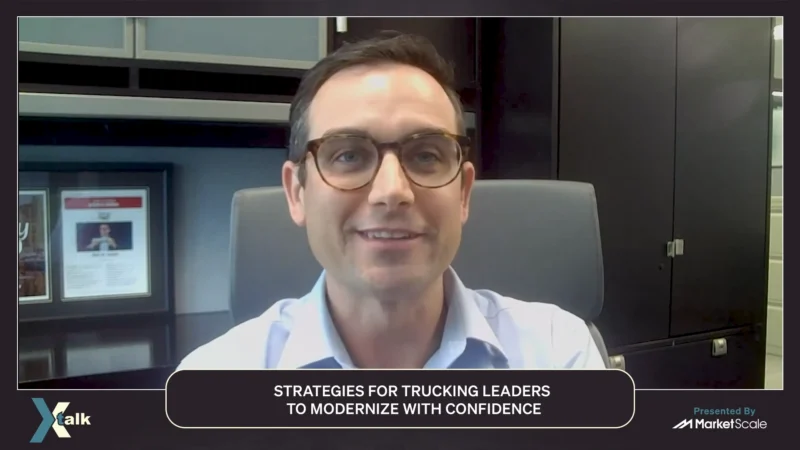A Pioneer within the Electrification Movement, Bob Galyen.
MarketScale’s “Are We There Yet?” podcast series Host Grant Harrell had an electrifying conversation with Bob Galyen, CEO of Galyen Energy LLC, a pioneer within the electrification movement. Within this powerful conversation and episode, Harrell and Galyen discuss the advancement of the electrification movement, current projects, and future predictions.
Bob Galyen CEO of Galyen Energy believes “the electrification movement is gaining more momentum than has ever been seen in the last two decades, and the changes are here to stay!”
Galyen recalls his early years in the industry when he worked at General Motors to develop lead-acid batteries for electric cars. Later, General Motors moved to a focus on batteries made from Nickel-metal hydride. Galyen further shares how the electrification movement really didn’t gain momentum until the early 2000’s when Tesla and General Motors started rolling out innovations. As a result, engineers began to look at fundamental issues such as battery design, vehicle design for long-range sustainable driving, and the ability to recharge. Galyen recalls a statement from a representative from the Ford Motor Company at The Battery Show in 2021, “the deployment of electric vehicles has to align with the availability of refueling infrastructure.” Therefore, the charging infrastructure has to be deployed at the same rate as the electric vehicle.
New technology has improved the electrification movement. For example, Lithium-ion batteries are a significant improvement from where we were about two decades ago. Today, sophisticated tools, mathematical models, and AI can double intellectual capacity for breakthrough scientific advancements. This will guide us to make breakthroughs in scientific areas that today we can’t imagine. For example, the announcement of the sodium-ion battery by CATL was a breakthrough in the battery industry. With all of the advancements in technology, the battery industry and scientific community has unlimited potential for achieving sustainability.
Galyen further introduced that there are five golden rules/factors of electrification that guide predictions on the future of the movement. These factors include safety, performance, life expectancy, cost-affordability, and environmental.
A final important insight that Galyen shares, “when you put more renewable energy on the grid, it presents its own set of problems”. For example, at about 40% renewable energy on the grid, the grid becomes unstable. Therefore, utility companies have to install specialized infrastructures to stabilize the grid. As such, while there is a call for everyone to choose renewable energy, a prepared grid is also extremely important.




